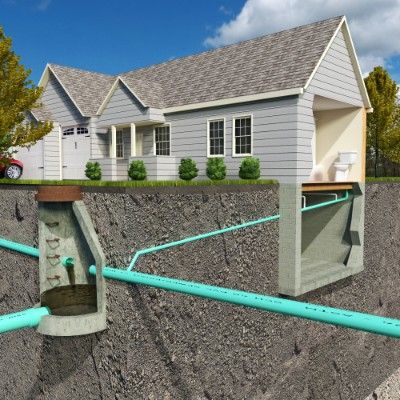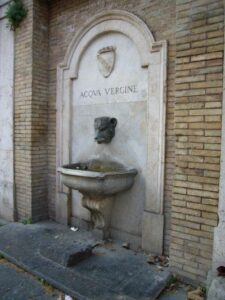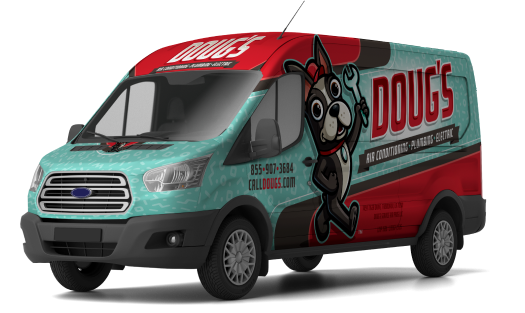Installing a Backflow Preventer
Running water is one of the greatest inventions in all of history. Thousands of years ago the Romans created vast plumbing and aqueduct systems to serve their empire with running water, many of which are still in use today. Today we have professionally designed plumbing and sewage systems to serve our homes and businesses with fresh water for drinking and bathing.
While our modern plumbing systems are more advanced than Roman aqueducts, they do have their own challenges to deal with. Rather than relying solely on gravity to move water, as the Romans did, we rely on pressure to move water through our plumbing pipes. It is this modern reliance on pressure that opens us up the dangers of backflow.
What Is Backflow?
Backflow is the term we use to describe when water reverses flow in its plumbing pipes. Your plumbing system is only designed for water to move in one direction, but if there’s a sudden change in pressure inside the pipes, it can cause the water to flow the wrong way.
If a backflow occurs, it can pose a significant health and safety risk. This is because dirty wastewater from bathing and toileting can contaminate your clean drinking water, causing any number of illnesses—some of which are severe enough to kill you!
Thankfully, almost all homes are fitted with backflow prevention devices to protect against this kind of water contamination.
What Is Backflow Prevention?
Backflow prevention devices are installed at cross-connections in your plumbing system to ensure that backflow-causing pressure changes don’t lead to a contamination of your drinking water.
There are several types of backflow preventer assemblies that are used to control flow direction and prevent backflow:
- Pressure Vacuum Breaker (PVB) – the most common backflow prevention device, PVBs are easy to install and maintain, however they are known to occasionally eject water and are not recommended for indoor use.
- Double Check Valve (DCV) – safe for use both indoors and underground, DCVs are a little more expensive but are also highly convenient, as they can be installed horizontally or vertically.
- Reduced Pressure Zone Assembly (RPZ) – the most expensive backflow prevention option, RPZs are also the most reliable backflow preventers. They are safe to use with landscaping chemicals, making them ideal for use with irrigation systems.
While some older homes may not have backflow preventers, all newer properties are required to have them. If you’re not sure what kind of backflow preventers are used in your home or business, Doug’s can help you locate and identify them. We can also perform your yearly backflow inspections.
Why Do You Need Annual Backflow Inspections?
Because water contamination could pose a serious public health risk, local laws require annual inspections to ensure your backflow prevention devices are working as they should be. Backflow preventers have springs, rubber seals and other moving parts that wear out over time and it’s important that they receivethe same regular maintenance that your car or HVAC system gets to ensure your family’s water is clean & safe.
Call for a Backflow Inspection
If you have any questions about your backflow device/regulations or you wish to schedule your annual backflow inspection, call Doug’s at (985) 746-1116 and we’ll be happy to help.


